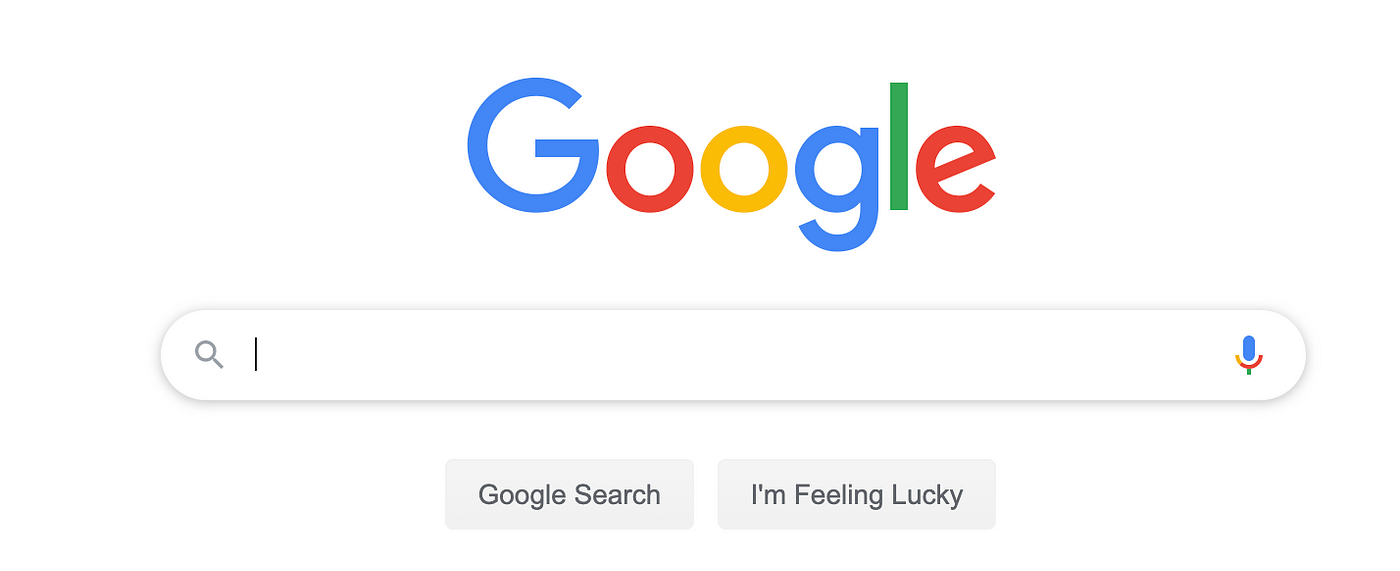Why does Google’s homepage look so simple and minimalist? If Google started today, how would their page look?

Here’s a list of the most frequently visited websites in the world, according to Similarweb, as of January 2023.
| Rank | Website | Domain Name |
|---|---|---|
| 1 | Google Search | |
| 2 | YouTube | YouTube |
| 3 | ||
| 4 | ||
| 5 |
What do you notice as you visit these five homepages? The primary background color is white on all of them. They load quickly, and they don’t confuse you with excessive content or flashiness. Good websites aren’t trying to break ground in the visual arts, they aim to serve users quickly and efficiently.
In fact, the only trendiness you’ll see among popularly visited websites is on the WhatsApp homepage. How many times have you seen a series of pages while scrolling when visiting websites in the last several years?

If good real estate is all about location, location, location, then good digital estate is all about content, content, content. What can you place on your site that will get visitors to show up once, let alone repeatedly?
Design issues aside, the aesthetic of a website isn’t relevant if you can’t access the internet in the first place. That’s why the Arab Spring protests of the 2010’s were so newsworthy – Egyptians were able to use social media to ferment a revolution which resulted in their leader stepping down, and to this day, almost two-thirds of Egyptians don’t have access to the internet!
A content management system is software used to create and maintain a website when the principals involved are not familiar with how to design one using HTML and CSS. It's estimated that more than 68 million websites are built using one, under well-known brands, such as WordPress, and Wix.
A CMS consists of two parts: A content management application, and a content delivery application. The user can type text, and drag and drop photos, tables, and other elements into an interface, all without having to know or type HTML, CSS, and Javascript. The CDA, also known as the "backend", then creates code based on the input content, and publishes a webpage.
There are several advantages to using a CMS to create and manage a website, including:
There are disadvantages to using CMS services as well. A content management system might be fine for a small business, but for any kind of enterprise, you can't risk putting your digital content in the hands of a third-party application.